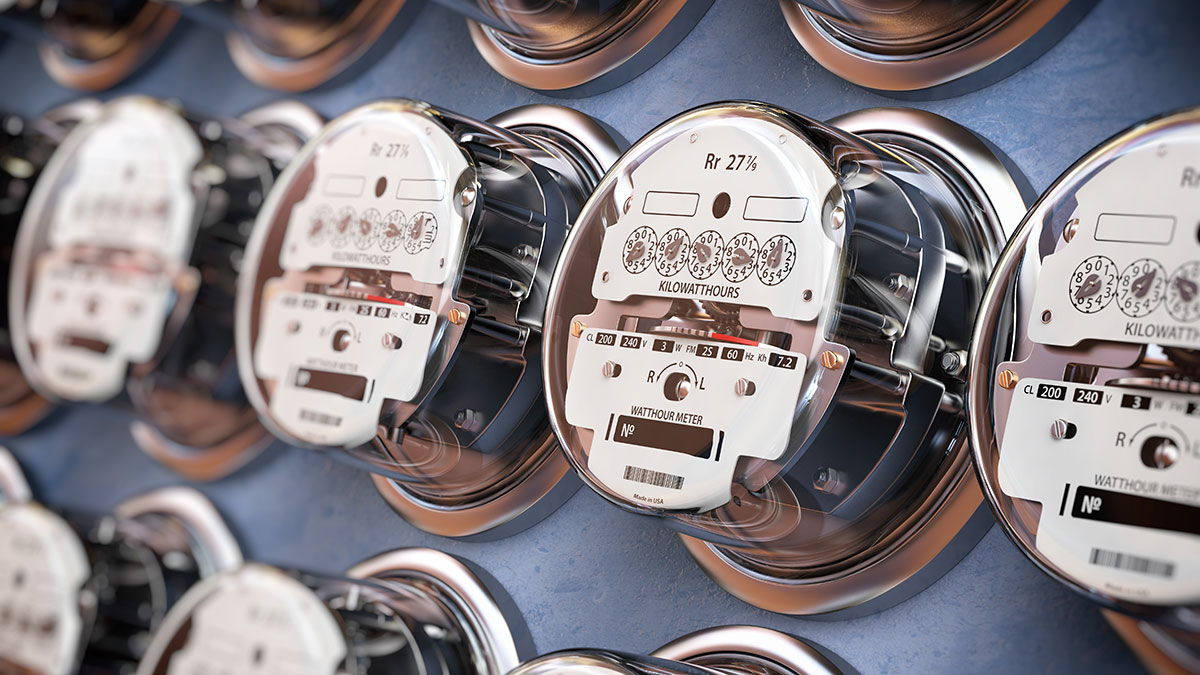March 30, 2022
Utility Submeters: 5 Frequently Asked Questions
If you are looking to set up your own submetering system for your multifamily property, you might have some questions about the devices themselves – the submeters. In this blog, we’ll answer 5 frequently asked questions so you can make informed decisions about your submetering system.
Utility submetering allows multifamily property owners to allocate utility costs fairly among their residents by measuring each unit’s consumption. Utility usage can change dramatically month to month and charging a flat rate for utilities or including them in the rent can leave you short on recovering that expense.
Submetering helps landlords recover that cost consistently by allowing them to bill residents based on actual utility usage. This makes billing more equitable for your residents, and it empowers them to take control of their own utility consumption.
While beneficial, setting up a submetering system is no small feat. Starting with system design to finally generating utility bills for your residents, it can get overwhelming quickly. When looking to fully leverage the benefits of utility submetering, it helps to know a little bit about the submeters themselves. Here are five common questions about utility submeters – answered.
5 FAQs About Utility Submeters
#1) What Are Utility Submeters?
A submeter is a device designed to measure the utility usage of one unit or specified area. There are submeters for water, gas and electricity. They are installed directly on the utility line that you intend to measure, and from there, they function like a standard utility meter.
A high-quality submeter typically lasts at least 10 years before needing to be replaced. In that lifespan, you’ll easily see ROI for that up-front installation cost.
#2) What’s the Difference Between Submeters and the Master Meter?
A master meter is a utility meter that measures the utility usage of the entire building. Functionally, they’re not all that different from a submeter. They measure the utility usage of a certain area.
However, there is a finer detail to note here. These master meters are usually owned by the utility company. When a new building gets built, the utility company will typically
elect to install one master meter to measure the consumption of that one building. Rarely will the utility company ever elect to install individual meters for each unit.
This means when landlords install a submetering system, it’s out of their own pocket. The submetering system becomes building infrastructure that they own, operate, maintain and take readings from.
#3) What’s the Difference Between Networked vs. Non-Networked Submeters?
A networked submeter is one that is connected to a network and transmits its usage data to a data collector on that network. Non-networked submeters are not connected to any network, and they must be accessed and read manually each time you want to get utility usage figures.
Networked submeters have an automatic meter reading (AMR) system device attached that can convert the pulses from the meter into usable data for billing. AMR submeters are by far the best option if you’re installing a new submetering system or if you want to upgrade compatible non-networked meters.
#4) How Does Utility Usage Data Get Collected?
For submeters with AMR devices installed, that usage data is then collected once every hour or once a day. There are two options for where that information goes.
The first is a fixed network where the AMR devices transmit data to an onsite modem. Thanks to repeater devices, that data can be transmitted to one single modem regardless of your property’s size or layout. That modem collects that data and transmits it to your servers in a daily or hourly batch. From there, that data can be monitored and used to generate utility bills.
The second network option for AMR devices is a cellular network. This option is great for properties that don’t have an internet connection or the infrastructure to house a dedicated data collector on site – like a mobile home park. With this cellular network, the submeters can transmit usage data directly to your servers without the need for a data collector.
#5) Is My Property Right for Submetering?
To get the most out of a submeter installation, your building must have a single point of entry for each unit for the utility that you want to submeter. This ensures that you’re only measuring the utility usage of that single unit.
Many older buildings have setups that aren’t conducive for submetering, or they make true submetering challenging. It’s common in older buildings for each floor to have bathrooms clustered together and kitchens clustered together. Then, each of those clusters are supplied by their own riser, instead of having each unit on the floor fed by its own riser. If you were to install a submeter on those shared lines, you would be measuring water usage from multiple units, making fair allocation tricky.
If it turns out you can’t adequately set up a submetering system in your property, then a ratio utility billing system (RUBS) is always a good alternative. Find out more about RUBS here.
Conclusion – A Submetering Expert Can Answer Your Questions
Submetering systems are complex, but having a base knowledge of the submetering devices themselves is a good first step to informing your decisions around how to proceed. Working with a submetering expert is the next step to ensuring a successful installation.
With the right equipment and a knowledgeable utility billing partner, you’ll be able to enjoy the benefits of submeters for years to come.
Looking to install a submetering system in your multifamily property? Talk to the submetering experts at Synergy. We can take you through your options. Get in touch today.



